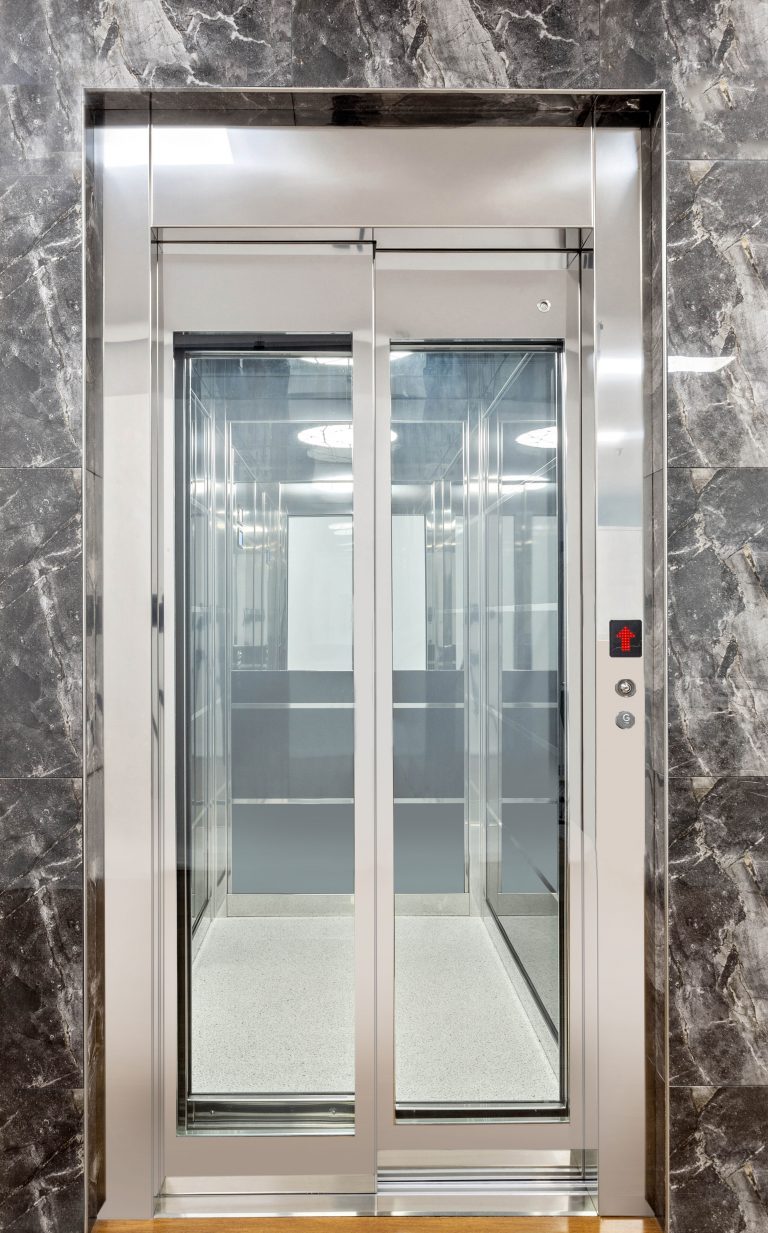Locate Dependable Lift Repair Near Me for Quick and Affordable Solution
Locate Dependable Lift Repair Near Me for Quick and Affordable Solution
Blog Article
Exploring the World of Elevators: Typical Concerns Faced by Numerous Lift Systems
As we navigate with the upright transport systems of contemporary structures, lifts stand out as an essential component of our daily lives. From hydraulic lifts to traction systems and machine-room-less styles, each lift type comes with its collection of common problems.
Hydraulic Lifts
Hydraulic lifts, often liked for low-rise structures, make use of fluid stress to control the movement of the elevator automobile (lift repair companies). This mechanism involves a hydraulic pump pushing oil into a cylinder, triggering the elevator to relocate in the preferred direction. While hydraulic elevators are understood for their smooth and peaceful operation, they do come with their very own collection of usual concerns
One widespread trouble with hydraulic lifts is oil leakage. Additionally, issues with the control system, such as damaged shutoffs or a malfunctioning pump, can trigger disruptions in the lift's movement.
Normal upkeep and prompt repair work are necessary to guarantee the smooth functioning of hydraulic lifts. By resolving these typical issues proactively, structure owners can minimize downtime and make sure the safety and security and performance of their vertical transportation system.
Traction Elevators
When taking into consideration vertical transport systems in buildings, another usual type other than hydraulic elevators is the grip lift. Traction lifts operate making use of a system of ropes and counterweights that move the lift automobile by gripping onto the hoist ropes. This mechanism enables smoother and much faster vertical transport compared to hydraulic systems.
Among the common concerns faced by grip elevators is rope wear. The consistent motion of the ropes within the grip system can result in tear and wear with time, potentially creating the elevator to breakdown or become harmful for usage. Normal assessments and maintenance of the ropes are crucial to make sure the lift's correct performance and safety.
One more concern that traction elevators might experience is connected to the control system. Problems with the control system can cause concerns such as unpredictable activity, hold-ups in reaction times, and even full shutdowns. Routine screening and maintenance of the control system are important to prevent such issues and guarantee the elevator's integrity.
Machine-Room-Less (MRL) Lifts

One of the essential parts of MRL lifts is the portable gearless traction machine that is mounted within the hoistway. This machine effectively drives the elevator automobile without the need for cumbersome tools found in standard grip lifts. Furthermore, MRL elevators commonly utilize a counterweight system to stabilize the vehicle, more boosting their power performance.
In spite of their advantages, MRL lifts may encounter obstacles connected to maintenance and repair service as a result of the constrained room for equipment installment. Ease of access for servicing components within the shaft can be limited, needing specialized training for service technicians. Proper maintenance timetables and normal examinations are crucial to make certain the ongoing smooth operation of MRL lifts.
Overloading and Weight Limitation Issues
Are lifts geared up to manage excess weight lots efficiently and safely? Overloading and weight limit concerns are essential content problems in elevator operations. Lift makers layout lifts with specific weight capabilities to make certain traveler safety and security and devices long life. Exceeding these weight limitations can result in various issues, consisting of mechanical failings, hold-ups, and security dangers.
When elevators are overloaded, it places too much strain on the electric motor, cables, and other components, potentially triggering failures or breakdowns. Security systems such as sensing units and overload sensors remain in location to avoid elevators from moving if they spot excess weight. Furthermore, exceeding weight restrictions can result in boosted energy intake and deterioration on the lift system.
To reduce straining issues, constructing managers must plainly show weight restrictions in elevators and enlighten occupants on the relevance of adhering to these constraints - lift repair companies. Regular upkeep checks by certified specialists can additionally help make sure that lifts are operating within risk-free weight specifications. By attending to overloading and weight limit issues proactively, structure proprietors can improve lift safety and security and performance
Electric System Failures
Going beyond weight limits in elevators can not only cause mechanical concerns but also potentially add to electric system failings within the lift infrastructure. Electrical system failures are an important concern in elevator operation, as they can trigger unforeseen closures, breakdowns, or also safety and security dangers. One usual electric issue is the overheating of components due to excessive current flow triggered by straining the lift past its capability. This can cause harm to the electric motor, wiring, or control systems, causing costly repair work and downtime.
Moreover, power rises or changes in the electrical supply can also interfere with the lift's procedure, affecting its performance and safety and security. These electric disturbances can harm delicate elevator parts such as control board, circuit boards, or sensing units, causing system failures. Regular maintenance and evaluations are crucial to recognize and attend to potential electric issues without delay, making sure the effective and safe procedure of lift systems. By adhering to weight restrictions and carrying out routine electric system checks, building owners can minimize the risk of electric failures in find more elevators.
Conclusion

Hydraulic elevators, often chosen for low-rise structures, make use of fluid pressure to manage the movement of the elevator car.When taking into consideration vertical transport systems in buildings, one more usual type apart from hydraulic elevators is the traction lift. Grip elevators run using a system of ropes and counterweights that relocate the elevator cars and truck by gripping onto the hoist ropes. Unlike standard elevators that need a different maker area to house the equipment, MRL lifts integrate many of the components within the shaft, getting rid of the demand for a dedicated maker area.In conclusion, elevators deal with usual issues such as hydraulic breakdowns, grip system failings, and electric system problems.
Report this page